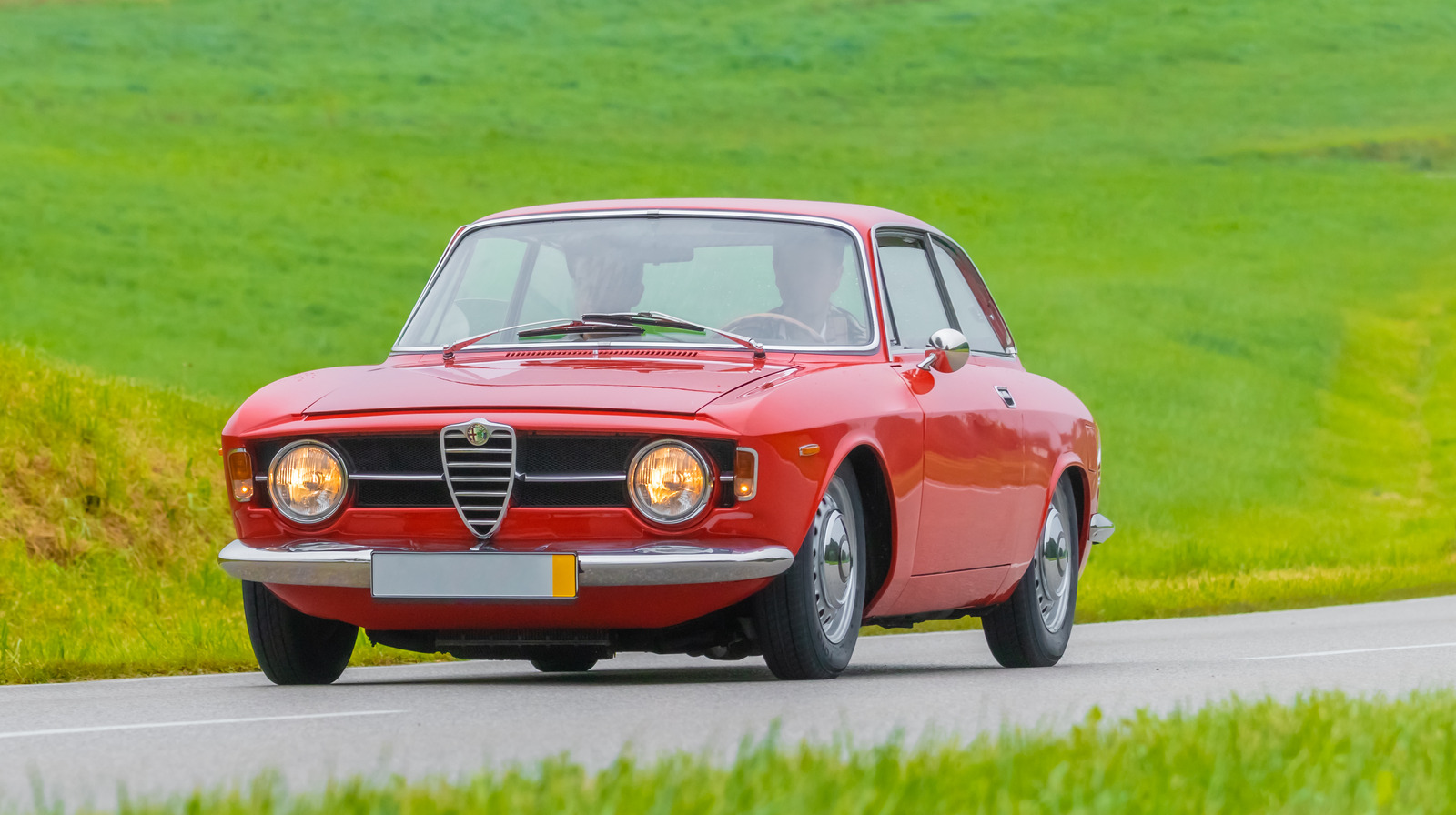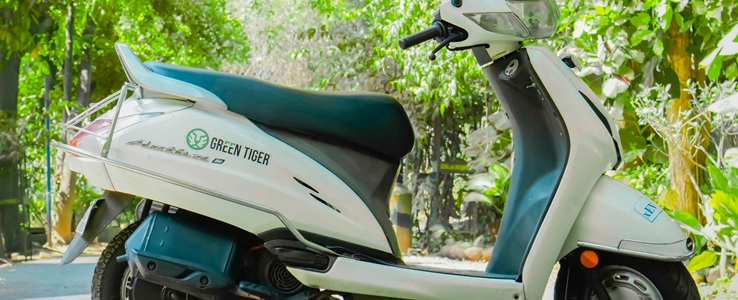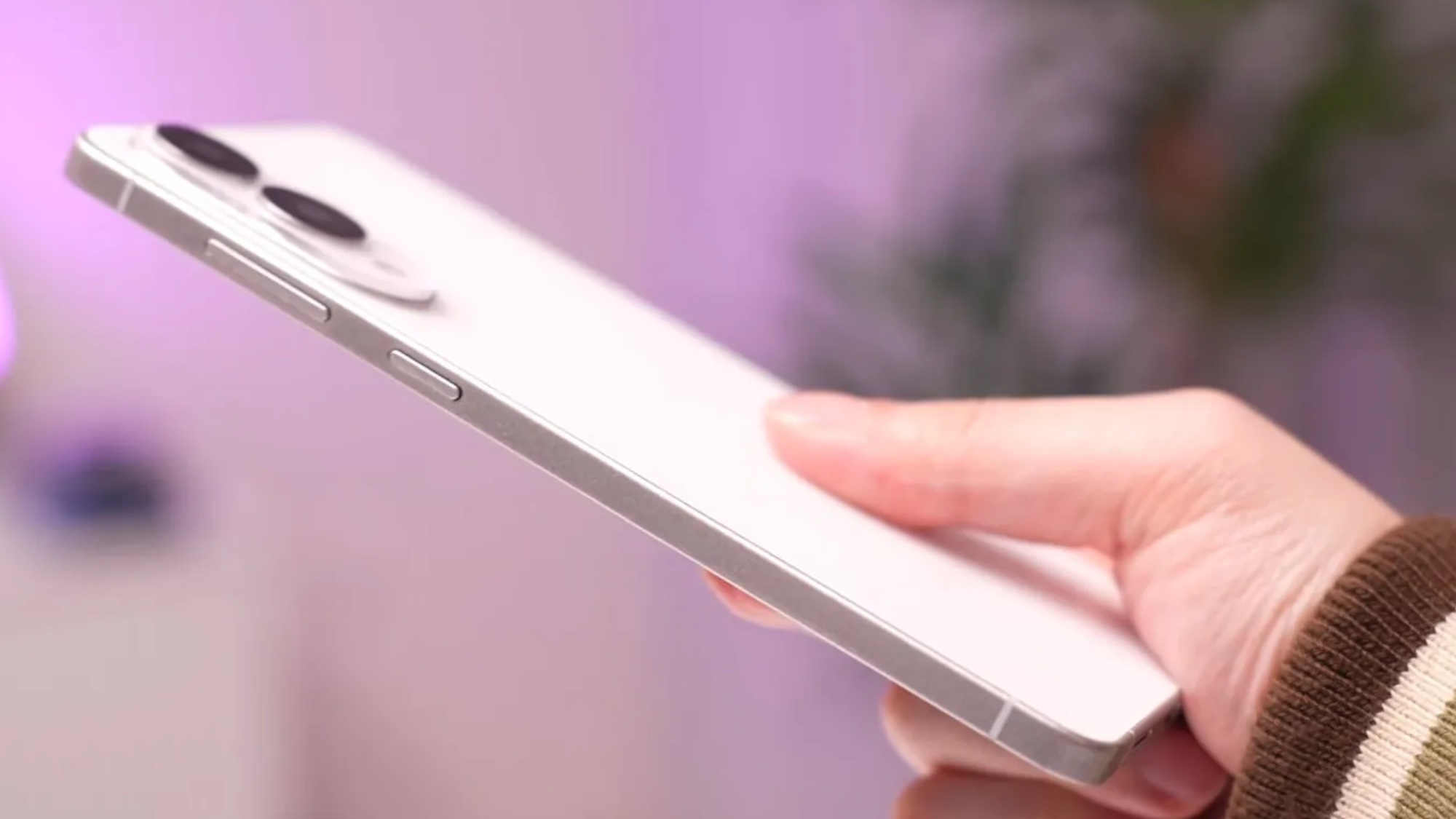Owning a classic car poses some issues that might not be immediately obvious when you're on the outside looking in. For instance, let's say you plan on keeping the car long-term but don't want to accrue miles for one reason or another. Maybe it's a show car, or it's particularly rare and as such costly to repair.
There are a variety of reasons why these cars often get parked for long stretches of time, but what does this inactivity do to the car, and how often should you take it out for a spin to help curtail these effects? To begin, we must first establish what's meant by "driving." It may sound a bit redundant, but it's important to distinguish between simply warming up the car and actually using it as it's mechanically intended. Cars are engineered and built for regular use, and most work best when they are driven regularly under normal conditions.

Some of the more eccentric vehicles out there may not be daily commuters, but the majority of cars you see on today's roads are designed for frequent use. The same philosophy applies to classic cars as well, dating all the way back to the pioneering days of motoring. Henry Ford designed the Model T as an affordable and accessible commuter car, and the bulk of the cars sold since then have followed that template.
For most production cars, it's best to take them out at least once a month and drive for at least 10-15 minutes. Pretty much all cars utilize the same basic mechanical and structural design using complex, sometimes perishable parts to operate normally. These include rubber hoses, bushings, belts, gaskets, and tires, exposed metal on brakes and the like, and various chemical fluids.
All of these are prone to damage or deterioration if a car remains parked for an extended period of time. At the absolute bare minimum, it's important to start and warm up the car once every week or two, simply to keep the battery charged. Ideally, a car should be properly driven about once a month, meaning low double-digit miles and cycling through all of the gears.
This ensures that the various fluids reach all of the car's working components adequately, brake mating surfaces are cleared of rust buildup, and the various pressurized lines don't harden and crack from lack of use. Getting the engine up to operating temperature and exercising the steering, brakes and suspension can also reveal issues that have developed while the car was parked. Let's extend that timeline from months to years.
Now your fuel has gone bad, your tires likely developed flat spots, and the battery is totally drained. Assuming you didn't fill the fuel tank all the way, there may be rust and pitting which can lead to leaks or hazards from escaping fumes. Failing to recognize this decay is one of the biggest classic car buying mistakes you can make.
It might not be the end of the world, but underuse will at the very least lead to some extra maintenance procedures. Start by checking your tires; they can become brittle and must be checked for cracks. Tires can also develop air bubbles in the sidewalls, or flat spots where they meet the garage floor or driveway.
Batteries become drained, and moisture and repeated temperature changes can cause havoc with electrical components. If you haven't taken these steps to keep rodents out of your car while in storage , they might chew through rubber wire insulation or hoses. Your fuel can also go stale, although using an additive like Sta-Bil fuel stabilizer can help with this.
Provided the gas is still viable, it's easy to start the engine and charge the battery. But perhaps the brake lines haven't been exposed to any pressure in a long time and stepping on the brake reveals a cracked line or leaky fitting. Or dry rot has cracked a hose, and running the engine reveals a coolant leak.
In truth, classic cars are every bit as dependable as modern cars — if they're well-maintained in the first place and used on a regular basis. But while it's perfectly viable to daily drive classic cars , sometimes that's not always the main goal. Older military vehicles might only go on parade maybe once a year, for example.
In cases like these, it's a labor-intensive but ultimately necessary procedure to properly check and replace anything that looks rusted or brittle before committing to even a quick test drive around town, let alone a longer trip. If you haven't driven your classic car for a while, thoroughly check the belts, hoses, brakes, fluids, and steering components before taking it out on the road. You'll potentially save yourself a headache or tow truck call, and might even be preventing an accident or costly breakdown.
.
Technology

How Often Should You Drive A Classic Car? (And Why?)

Owning a classic car can be equal parts joy and headache. Parking a car for too long leads to problems, and this is how often and why you should drive your car.















